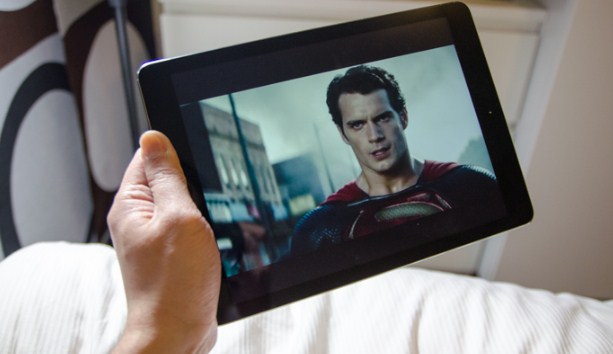A digital piano keyboard is a gateway to an unlimited world of musical exploration. Whether you are a beginner or a seasoned musician, the vast features offered by modern digital pianos allow for an enhanced learning experience and limitless creative potential. One of the key advantages of digital piano keyboards is their ability to replicate the sound and feel of an acoustic piano while offering additional capabilities that broaden your musical horizons. The versatility of digital piano keyboards lies in their wide range of sounds. Unlike traditional pianos, which are limited to piano tones, a digital piano offers hundreds, sometimes thousands, of instrument sounds, including strings, percussion, synthesizers, and orchestral instruments. This allows musicians to experiment with different genres and create unique compositions without needing access to a full orchestra or an array of separate instruments. With the touch of a button, a digital piano can transform into anything from a grand piano to a harp or a drum kit, providing endless opportunities for sonic exploration.

Many modern keyboards are equipped with USB or Bluetooth connectivity, allowing users to connect to computers, tablets, or smartphones. This opens the door to a wide array of music production and recording tools. You can use digital audio workstations DAWs to layer multiple tracks, experiment with different effects, and edit your music in real-time. The ability to integrate with music software and apps makes the digital piano not just an instrument for practice, but also a hub for professional music production. The learning tools embedded within digital piano keyboards are also a significant advantage for both beginners and advanced players. Many models feature built-in lesson modes, which can guide beginners through the process of learning how to read music, play scales, and master songs. Some pianos even provide interactive feedback, making learning more engaging and effective. Advanced players can also benefit from the variety of functions such as recording capabilities, metronomes, and customizable settings for practice, which can help refine technique and musicianship.
For those who want to explore their creativity further, digital pianos often come with a variety of effects and sound-shaping options. Reverb, chorus, and modulation effects can be applied to sounds to create atmospheric or experimental soundscapes view this link kingsriverlife.com. Additionally, many keyboards allow for advanced customization of sound, letting users tweak various parameters like attack, decay, sustain, and release to create truly unique tones. This ability to shape and personalize the sound expands the creative possibilities for composers and performers alike. Portability is another standout feature of digital pianos. Unlike acoustic pianos, which are bulky and difficult to move, digital keyboards are lightweight and can be easily transported. Whether you are performing on stage, recording at home, or practicing on the go, a digital piano can easily be taken wherever your music takes you. This flexibility is invaluable for musicians who perform in multiple locations or need an instrument that is easy to set up and break down.

